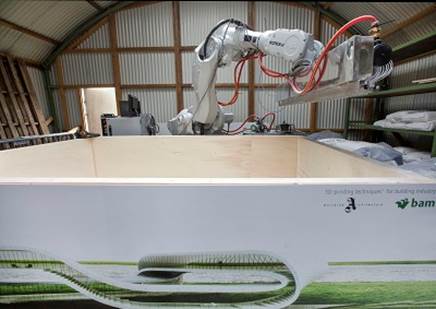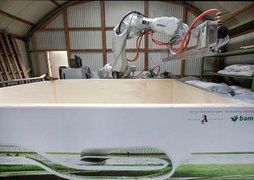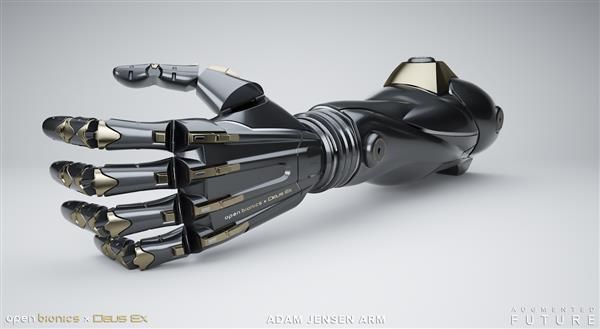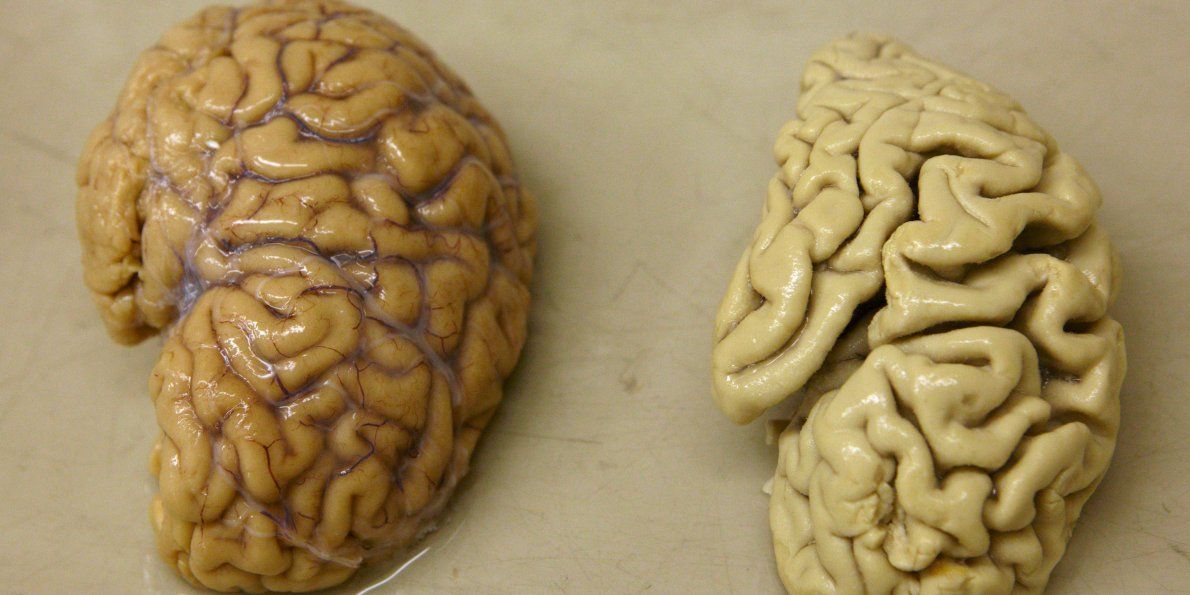Although this article came out in April; I wanted to share because it highlights even how energy companies are using 3D printers.
Shell is using 3D printing technology to make the design and construction of equipment used in oil and gas production faster and more efficient.
The printing technology allows the oil giant to create accurate scale prototypes in material like plastic, which it tests and uses to improve designs and construction process.
“Digital design and 3D printing offer scope to build more efficient prototypes, which we transform into products in their full physical form,” says Shawn Darrah, Shell Innovations Adviser.










